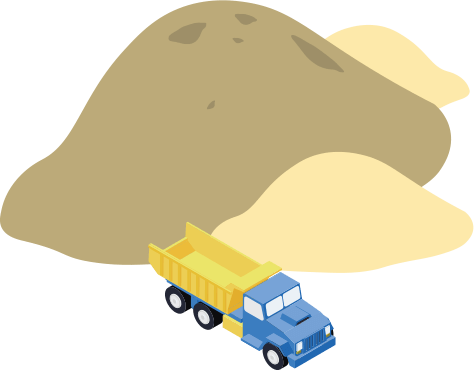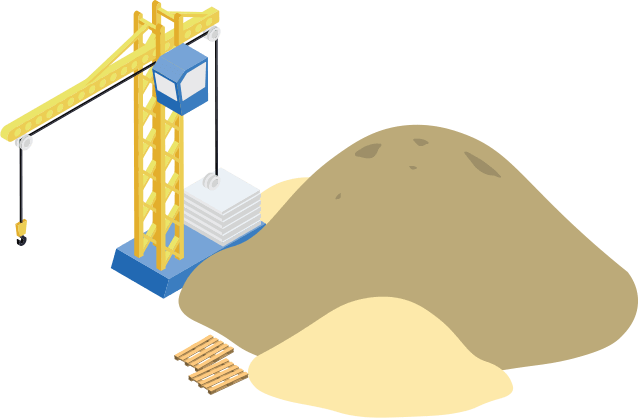I’ve talked about the general formula for marketing. Now here’s the general formula for marketing SUCCESS:
TEST
MEASURE
REFINE
REPEAT
Why is that?
First of all, there is no such thing as a perfect marketing campaign. Any campaign, no matter how successful, can be improved – usually it can be improved A LOT.
Secondly, most campaigns, when you start out, don’t work at all or don’t work well.
This is really a huge factor that nearly everyone misses. They try something, it doesn’t work. They give up, or try something else. They wonder why marketing doesn’t work for them.
Well, they aren’t doing marketing. Not really.
This, by the way, is also the oldest formula in marketing, going back to possibly the first book on marketing ever written – Scientific Marketing by Claude C. Hopkins, published in 1923.
The first line of his Wikipedia article says “Claude C. Hopkins (1866–1932) was one of the great advertising pioneers. He believed advertising existed only to sell something and should be measured and justified by the results it produced.” Sounds kind of obvious put that way. At the time it was a radical, pioneering notion.
To this day even most people WORKING in advertising don’t know it. But we do, right?
So, let’s talk about each of these points.
TEST
To do a test of a marketing campaign you have to have something to test. So, you take your best shot at it. You’re going to spend some money and take some time. You often have NO idea how well it will work, or if it is going to work at all.
Harsh, but true. There is no alternative.
If it is an industry or product you have previously marketed, successful campaigns may transfer over, but this is not guaranteed. You still need to go through this process, you just start farther along in it as you already have some idea of what will work.
There’s another point. A website is not by itself a test of marketing, if it isn’t getting many legitimate visitors. It takes volume to get a valid test. You cannot draw a conclusion from a few or a few hundred visitors or viewers.
Of course, you are testing both WHO and WHAT: Who it is going to, and what they are being exposed to. You have multiple moving parts.
So, you take your best shot, and then you…
MEASURE
There’s a reason old Claude called it Scientific Advertising. You may remember from school the Scientific Method. Form a hypothesis. Design a test that will show whether or not the hypothesis is valid. Run the test. See what happens. That’s science. LET’S DO SOME SCIENCE!
In our case, the hypothesis is, “We know who will buy our product and what will make them respond.” You do the test. You find out if it works or not, and that is a matter of measurement.
What do you measure and how do you measure it?
In the old days this was slow, hard, and vague. Our friend Claude, back in the dark ages before the internet, radio and TV, had to write an ad, get it placed in a magazine and published, then wait and see how many orders were mailed in. That is exactly what he did, and he counted the numbers.
Fast forward to 2019 and we can find out in days or weeks what took him months, using the internet, especially Google Ads, to do tests.
But we still have to know WHAT to measure and that depends. It may not be as obvious as it sounds either. You can send a lot of people to a website but are they interested in buying? How would you know? So you’d better think how you are going to get a valid measurement. And the volume you need for it to be statistically significant (another scientific concept) is usually FAR more than you would think.
But now you have information and you can…
REFINE
If we only went to this point and no further, we’d get nowhere. Because THIS is where the magic begins. Having results, great or disappointing, per the scientific method, you refine your hypothesis and do another test.
So you change your ad a bit and see if it works better or worse. At least that was the way you had to do it in Claude’s time. And then try and figure out if the difference was due to the snowstorm in the Midwest when the second mailing was done.
Thanks to the wonders of modern technology, we can actually run A/B tests. Write a new ad and run it half the time while the old ad still runs. Do this long enough to get statistically significant results. Keep the ad that works better and…
REPEAT
Write another ad that is now the “B” ad and see if it does better. Do the same with other variables such as keywords or target audience.
And you just keep doing that. There is really no limit to improvement, no point where you go, “Perfect!” and retire to the French Riviera and live off your well-earned wealth. Not, at least, if you have limitless ambition.
Also, things change out there sometimes and you can detect and deal with them.
Can you see why I call this the formula for marketing SUCCESS?
The disadvantage is, it takes time and money. You’ve got to have some money to invest in what may be a lengthy process, and you’ve got to have the patience to keep working at it. It can take many months before it starts working even half well.
BUT if you can get it to work at all, you can make it work better. If you can make it work okay, you can make it work great.
Every big business worked this formula, one way or another. Every business that remains at the top of the heap, CONTINUES to work this formula and all its many angles.
You can do it too.









